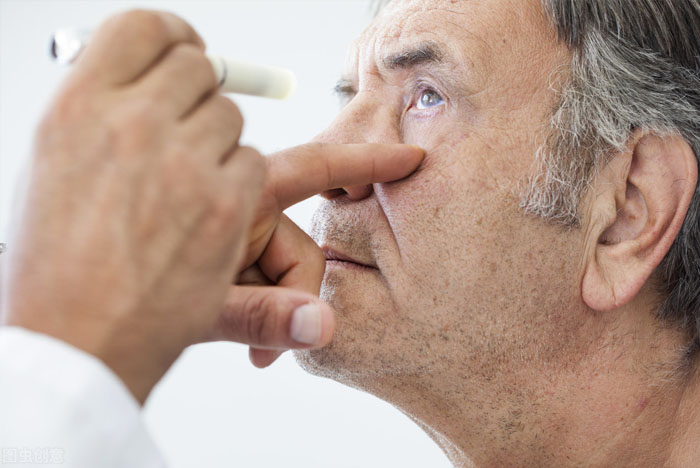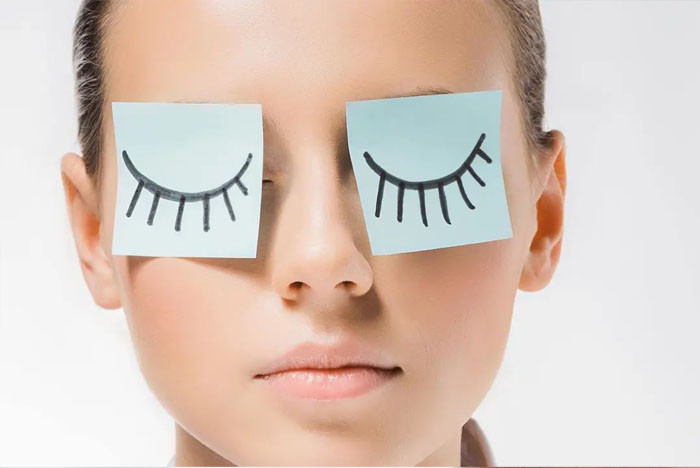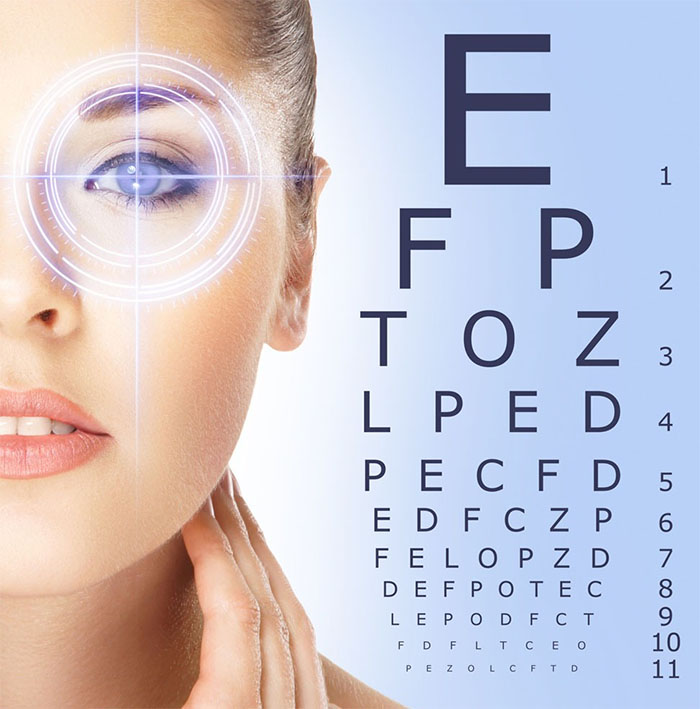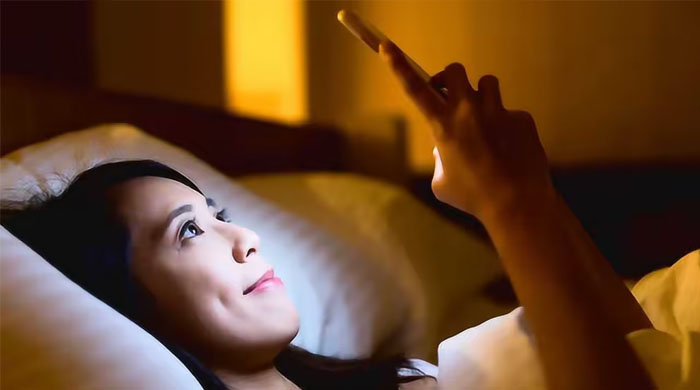- Login
- Cart{{shopingCartNum}}
- English
Glaucoma, a disease characterized by sustained elevation of intraocular pressure leading to damage of the optic nerve, results from an excessive production of aqueous humor or hindered circulation within the eye, causing intraocular pressure to surpass the eye's tissue tolerance level and leading to visual impairment and even blindness.

During the summer, intense sunlight and increased ultraviolet radiation may have adverse effects on the eyes of glaucoma patients:
1. UV damage: Intense UV radiation can accelerate aging and damage of eye structures, increasing the risk of glaucoma.
2. Dehydration risk: High temperatures in summer can lead to dehydration, affecting the balance of intraocular fluids and increasing intraocular pressure.
3. Lifestyle changes: Increased outdoor activities and recreation in summer may lead to eye fatigue and stress.
1. Blurred vision: Especially noticeable in the morning or when fatigued.
2. Visual field defects: Initially, peripheral vision may be affected, with central vision also being impacted as the condition progresses.
3. Eye pain: Particularly evident during acute glaucoma attacks.
4. Headaches: Especially in the brow and forehead area.
5. Redness of the eyes: The eyes may appear congested and swollen.
6. Nausea and vomiting: Severe cases may present with nausea, vomiting, headache, and eye pain.
7. Halos: Halos or rainbow-colored circles may be seen around lights or light sources.
8. Sudden vision loss: Vision may sometimes deteriorate abruptly.
Glaucoma is a serious eye disease. If the above symptoms are observed, prompt medical attention is recommended for timely examination and treatment.

1. Family history: Individuals with a family history of glaucoma are at higher risk.
2. Age: The risk increases for individuals above 40 years of age, especially those over 60.
3. Ethnicity: African American and Hispanic individuals have a higher risk of glaucoma.
4. High myopia or hyperopia: These eye conditions may increase the risk of glaucoma.
5. History of eye trauma: Those with a history of eye trauma are more susceptible to glaucoma.
6. Diabetes, hypertension, and cardiovascular diseases: These systemic conditions are associated with the occurrence of glaucoma.
7. Prolonged use of corticosteroid medications, particularly ocular steroids.
To prevent glaucoma, especially in high-risk groups, regular eye examinations are crucial. Early detection and treatment can effectively control glaucoma and reduce vision impairment.
1. Emotional stability: Emotional fluctuations, common in summer, can trigger elevated eye pressure. Maintaining a calm mindset and avoiding extreme emotions are crucial for preventing glaucoma attacks.
2. Adequate hydration: While there is a belief that glaucoma patients need to limit their water intake, the latest viewpoint suggests that non-operated glaucoma patients, especially those with closed-angle glaucoma, should avoid consuming large amounts of water in a short period of time, rather than restricting intake throughout the day. Maintaining water balance and avoiding dehydration is crucial.
3. Dietary adjustments: Choose foods beneficial for the eyes, such as those rich in vitamins A, C, E, and omega-3 fatty acids, including carrots, dark green vegetables, and fish. Foods with diuretic effects, such as honey, watermelon, winter melon, and red beans, can help reduce eye pressure.
4. Regular sleep patterns: Ensure sufficient sleep, avoid staying up late, and prevent insomnia. Elderly individuals can use methods such as foot baths and drinking milk before bedtime to aid sleep, and may consult a doctor for the use of sleep-inducing medications if necessary.
5. Avoid dim lighting environments: Reduce time spent working or engaging in recreation in dimly lit conditions. Take a break from dim rooms or turn on lights every 1-2 hours to relieve eye strain.
6. Moderate exercise: Engage in moderate physical activities such as walking, yoga, and low-intensity exercises to promote blood circulation, reduce retinal blood stasis, but avoid activities that increase eye pressure, such as inversion.
7. Regular check-ups: Undergo regular ophthalmic examinations, especially for those with a family history of glaucoma or individuals at high risk, at least once a year for early detection and treatment.

The goal of glaucoma treatment is to reduce intraocular pressure, protect the optic nerve, and prevent further vision impairment. Treatment methods mainly include medication, laser therapy, and surgical intervention:
- Eye drops: The most commonly used initial treatment method to lower intraocular pressure. Common medications include prostaglandins, beta-blockers, and carbonic anhydrase inhibitors.
- Oral medications: For short-term rapid reduction of eye pressure, especially during acute glaucoma attacks, such as acetazolamide.
- Selective laser trabeculoplasty (SLT): Treats the trabecular meshwork in the eye with a laser to improve aqueous humor outflow and reduce intraocular pressure.
- Laser iridotomy: Commonly used for closed-angle glaucoma, creating a small hole in the iris to aid aqueous humor drainage.
- Trabeculectomy: Creates a new drainage channel to aid aqueous humor outflow and reduce intraocular pressure.
- Implantation of drainage devices: By implanting micro-drainage devices, aqueous humor outflow is facilitated, and intraocular pressure is controlled.
- Cyclophotocoagulation: Used for patients in whom eye pressure cannot be controlled through other methods, by using a laser to destroy parts of the ciliary body to reduce aqueous humor production.

1. Regular check-ups: Undergo regular ophthalmic examinations to monitor intraocular pressure and the health of the optic nerve.
2. Adhere to prescribed medication: Strictly follow the doctor's advice regarding medication and avoid self-discontinuation or dosage adjustment.
3. Healthy lifestyle: Maintain a healthy lifestyle, avoid smoking and excessive alcohol consumption, and control blood pressure and blood sugar levels.
Treating glaucoma requires close collaboration between patients and doctors. Through proper treatment and management, the condition can be effectively controlled, and vision can be preserved.